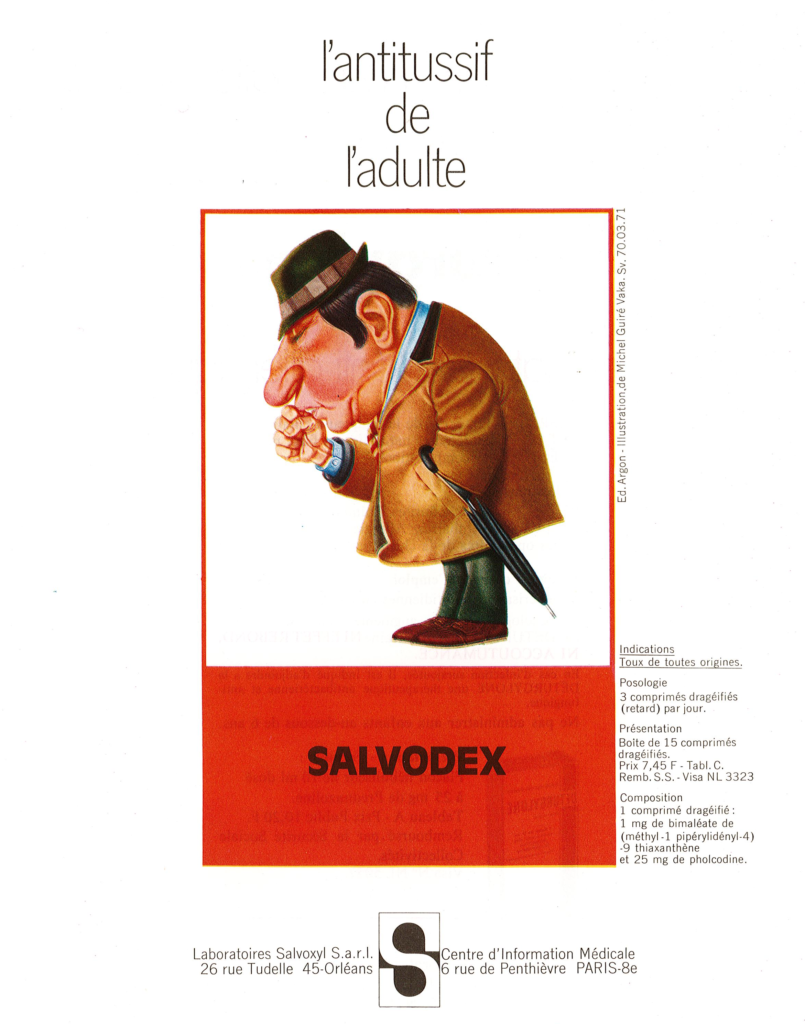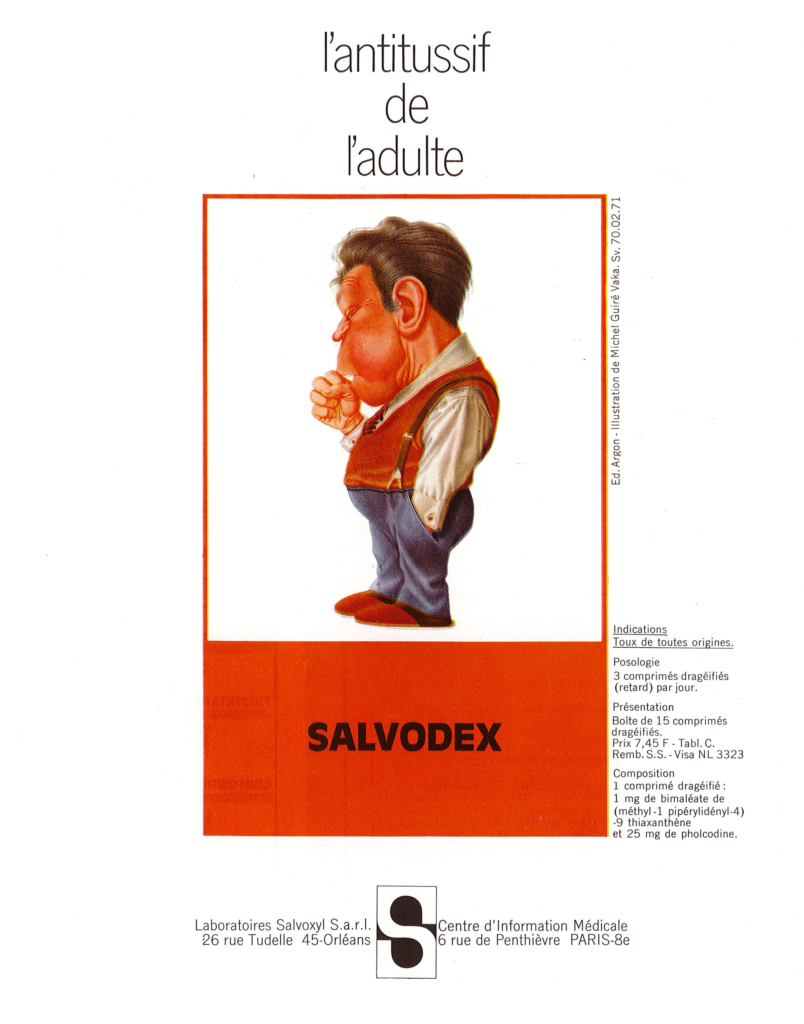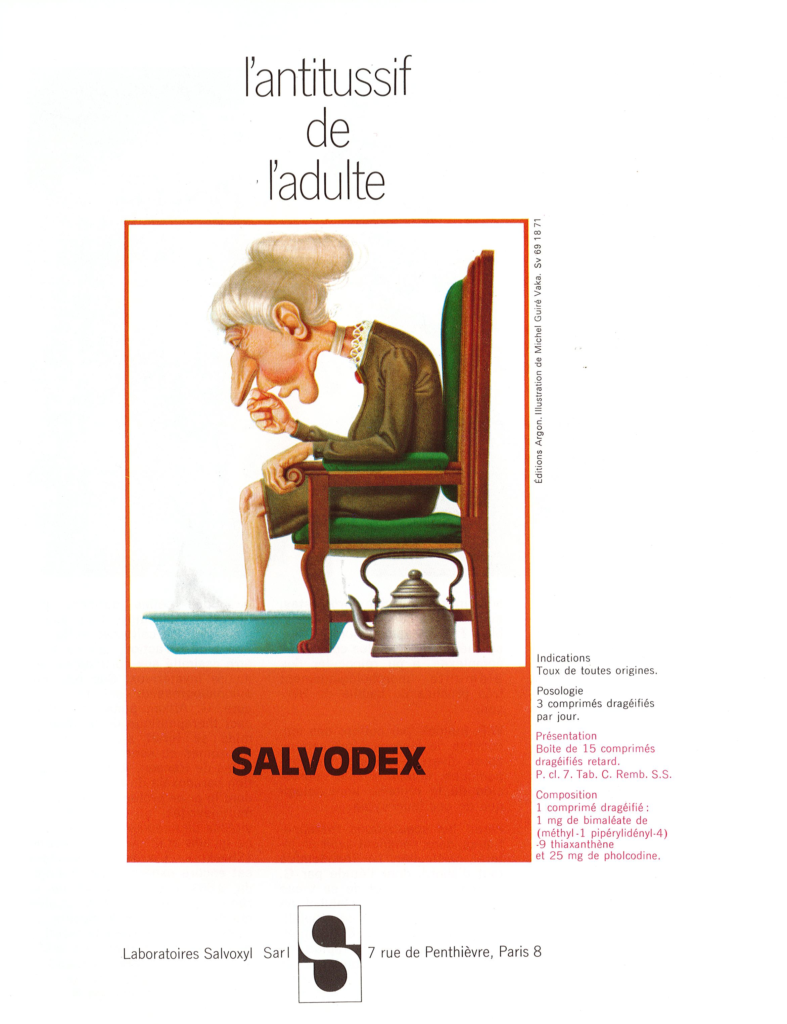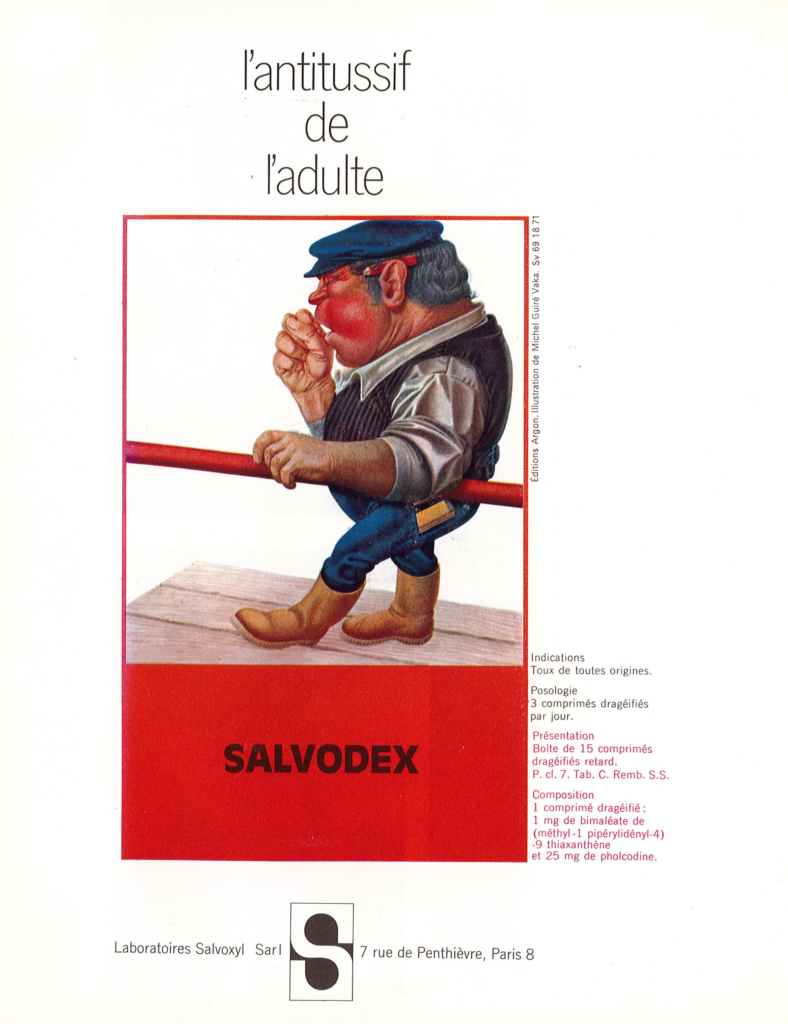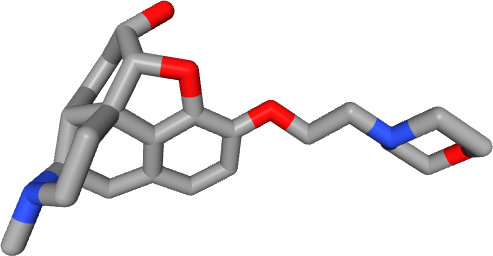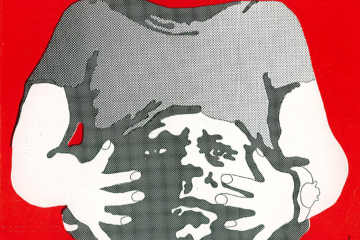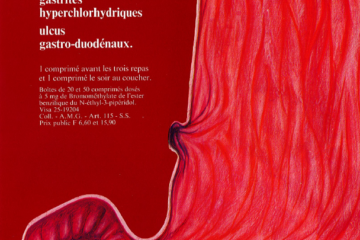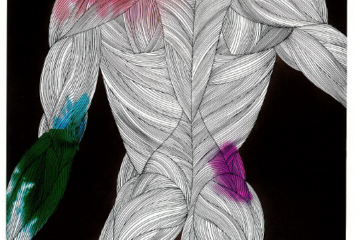The drug Salvodex contained two active principles: a thiaxanthene derivative acting as an antitussive agent and the opioid pholcodine which has been extensively used since the 1950s to treat cough in children and adults. Cough is one of the commonest symptoms of respiratory tract infections. An increased sensitivity of the cough reflex can be observed in patients with dry cough and, symptomatic relief must be considered when the cough interferes with the patient’s daily activities or behavior (particularly if the cough is disturbing the sleep for example). At that time, in the 1970s, there was many oral antitussive preparations available and Salvodex was one of them, largely used in France for the effective symptomatic relief of dry or non-productive cough. As an antitussive combination, Salvodex was effective in the management of dry cough. But later, pholcodine was suspected to induce potential neuromuscular damages (when combined with myorelaxant products), and this prompted the withdrawal of this drug in many countries. Pholcodine was found to induce depressant effects on the respiratory and cardiovascular systems (in animals), but it is devoid of addiction liability in man (in contrast to codeine which is metabolized to morphine in man). Today, the use of pholcodine in Human medicine is being reevaluated. Salvodex no longer exists todcristaloxine-1ay but pholcodine remains used in a number of drugs, under medical prescription.
A funny way to communicate on the product was proposed in the 1970S, showing different men and women coughing, whatever their social situation and age. An effective way to highlight the product activity, in a light-hearted manner, easily comprehensible and very evocative.
